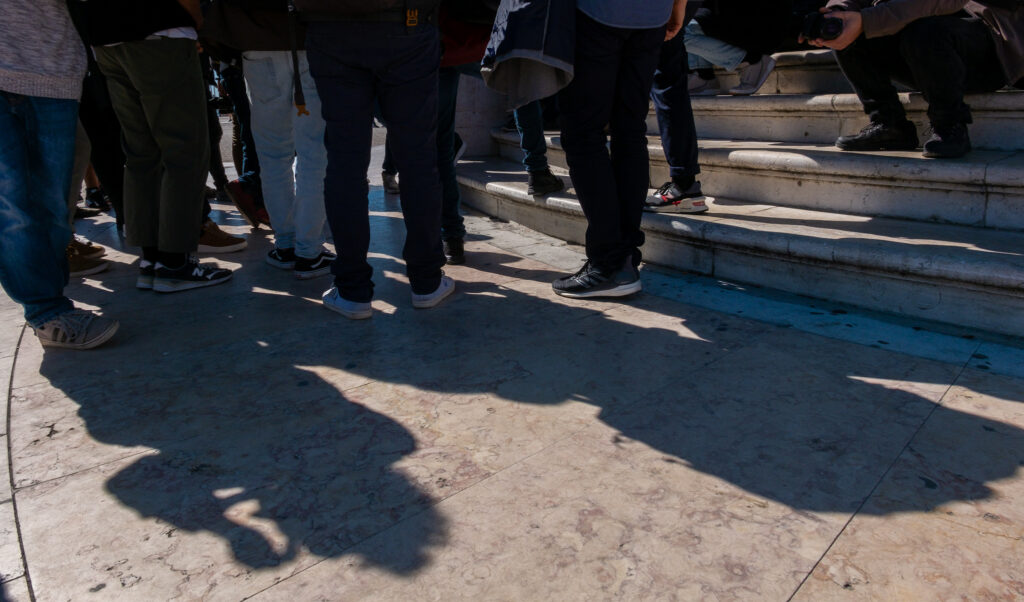
Do Not (Just) Read This
It is my belief that, though the situations we experience in life are different (as dictated by age, religion, race, politics, economics and other similar concepts), the way these situations work through us is similar. Which leads me to affirm we are interconnected.
One reason I hold this interconnectedness to be true is that we share myths. Myths are powerful narratives that guide our individual and collective actions. A definition by Charles Eisenstein begins to ring truth about what I understand by myths: “Myths are vehicles of truth, and that truth needn’t be literal. […] myths bring light to the shadows and reveal what has been repressed. They take a truth about the psyche or society and form it into a story. The truth of a myth does not depend on whether it is objectively verifiable. […] a myth is something that explains the world; it is, mysteriously, bigger than itself.” (excerpts taken from this article)
Inspired by the work of Joanna Macy, I see that currently there is a tangling of three myths that are at work, influencing us to explain away our actions, our existence:
Life goes on – history has shown us that there are always difficulties we need to overcome. The difficulties that our current times are offering us are something we will recover from, eventually, somehow. Adapt or die, or something along these lines.
Life cannot go on like this – a reaction to the above-mentioned myth. What we call normal is not good enough, we need to do something about this. We can’t go on like this. Life as we know it is coming to an end and this change is sweeping us all up. The only constant is change, or something along these lines.
Life as a gift – we have an amazing capacity of cooperation. Once we agree on what is important, dare I say, sacred, and valuable, we can summon great initiative, action. In every ending a new beginning, in every death, a new birth, or something along these lines.
I don’t know which one is the truest, and we seem to live at the intersection of these three. These are times of great confusion, anger, grief, hope. It is, therefore, important to answer two questions (inspired by this book), because the myths that are alive in us are the drivers of our actions, whether we are aware of the myths or not. The two questions are:
How will we choose our story? How will we influence how others choose theirs?
If you have read this far, please go on. What follows is an invitation to reflect and let what is truest become visible. Living at the intersection of myths puts a great deal of psychological pressure on us. Rather than dismissing one or the other, I believe it is useful to build resilience and stay a while longer at this intersection. Take a piece of paper and a pen and finish off these open sentences.
1. Through my life’s work I have been in service to …
2. When I engage in disagreement, I do it knowing that what I stand for is …
3. When I read these lines and finish these open sentences, I experience …
